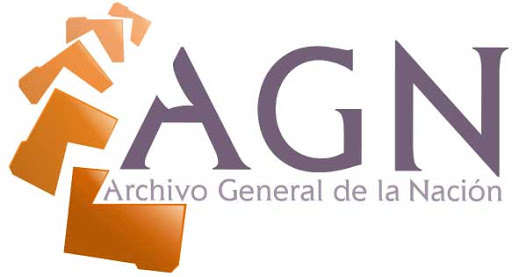Archives, oral history and oral tradition: A RAMP Study / William W. Moss, Peter C. Mazikana
Material type: TextPublication details: París : UNESCO 1986Description: 97 pSubject(s): DDC classification:
TextPublication details: París : UNESCO 1986Description: 97 pSubject(s): DDC classification: - 907.2 M913a
| Item type | Current library | Collection | Call number | Vol info | Copy number | Status | Notes | Date due | Barcode |
|---|---|---|---|---|---|---|---|---|---|
 Libros
Libros
|
Archivo General de la Nación - Departamento Hemeroteca-Biblioteca, | Colección / Fondo / Acervo / Resguardo | 907.2 M913a (Browse shelf(Opens below)) | 1 | 3 Available (3) | 21931 | 028371 |
Contiene : bibliografía
Introduction: oral tradition and oral history, 1.-- The historiographic context of oral history and oral tradition, 5.-- Transactional records, 5.-- Selective records, 6.-- Recollections, 7.-- Reflections, 8.-- Analyses and reconstructions, 9.-- The place of oral history, 10.-- The place of oral tradition, 11.-- General conclusion, 12.-- The history of oral history and oral tradition, 13.-- Oral history, 13.-- Oral tradition, 19.-- The varieties of oral history and oral tradition, 23.-- Oral history, 23.-- Oral tradition, 26.-- Recording oral history and oral tradition, 29.-- The issue of archival participation, 29.-- Oral history interviewing, 30.-- Planning and preparation, 31.-- Prior research, 31.-- Interview location and circumstances, 32.-- Equipment, 32.-- Technique, 33.-- The respondent, 33.-- The interview process and the record, 34.-- Interviewing methodology - The interview, 35.-- Interviewing methodology - Respondent selection, 36.-- Recording oral tradition, 36.-- Preliminary preparation, 37.-- Field preparations, 39.-- Recording, 40.-- Supporting documents, 41.-- Equipment and technology, 42.-- Recording tape, 42.-- Recording machinery, 44.-- Video recording, 44.-- Conservation and preservation of materials, 44.-- Newer developments, 45.-- Equipment problems in the developing world, 46.-- Archival management of the record, 48.-- General archival concerns, 48.-- Nature of the record, 48.-- Appraisal of the record, 48.-- Provenance of the record, 48.-- Form of the record, 49.-- Ownership and consent, 49.-- Restrictions, 50.-- Arrangement, 50.-- Transcription, 51.-- Preservation, 53.-- Receipt and administrative control, 53.-- Basic identification, 53.-- Register of recording received, 54.-- Processing the record, 55.-- Preservation processing and minimum description, 55.-- Schedule og contents, 56.-- Transcription, 57.-- Tape or transcript review, 59.-- Oral history, 59.-- Oral tradition, 59.-- Accessioning, 60.-- Finding AIDS and access, 62.-- Basic identification, 62.-- Finding AIDS based on record groups, 63.-- The oral documentation collection or oral sources archive, 63.-- Oral history materials, 63.-- Oral tradition materials, 64.-- Cross-reference indexing, 64.-- The summary or schedule of contents indexing method, 64.-- The item indexing method, 65.-- Bibliographic models, 65.-- Cross-repository finfing Aids, 66.-- Ethical and legal issues, 67.-- Authenticity, 67.-- Integrity of the record, 67.-- Property, 68.-- Libel, slander and character defamation, 69.-- Security of the record, 69.-- Uses of oral history and oral tradition, 71.-- Oral history, 71.-- Oral tradition, 72.-- Survery of archives and oral tradition, 74.-- Extent of archival involvement with oral sources, 74.-- Oral history and oral tradition as archival functions, 77.-- Oral tradition as an archival resource, 78.-- The typology of oral tradition, 78.-- Funding for oral history and oral tradition, 79.-- Personnel, 80.-- Equipment, 80.-- Preservation and conservation, 81.-- Access, 82.-- General analysis of the responses, 83.--Guidelines for oral history, 87.-- Goals and guidelines of the oral history association, 87.-- Oral history evaluation guidelines, 88.-- Bibliography, 96.



There are no comments on this title.